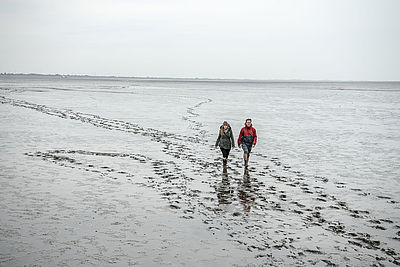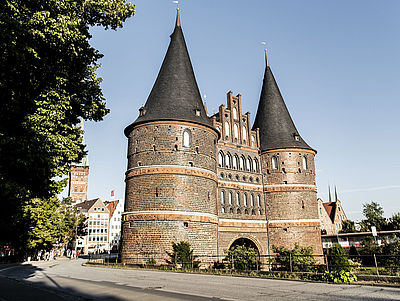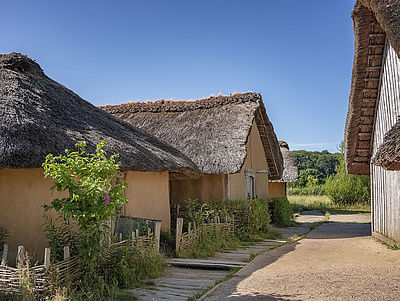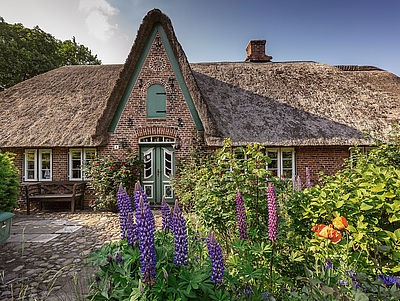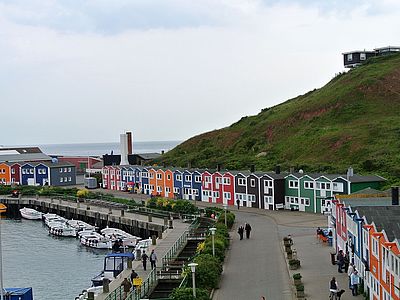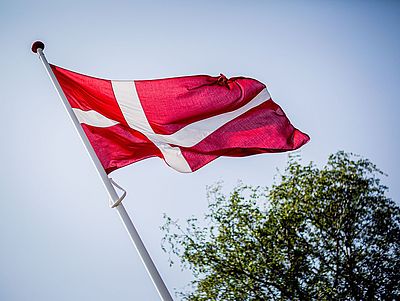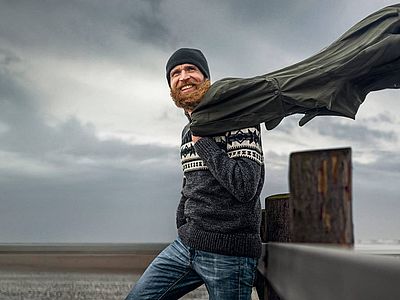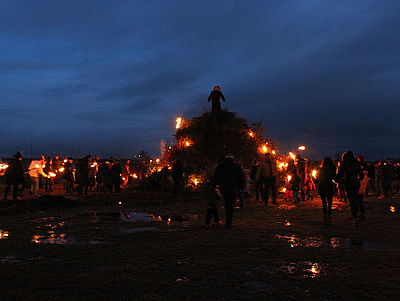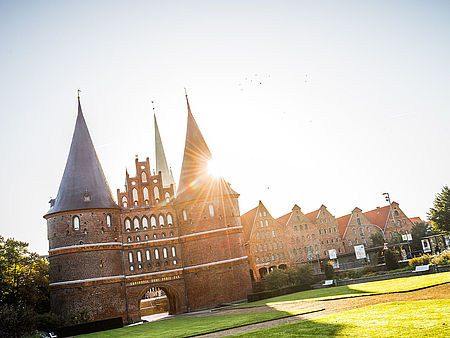
UNESCO World Heritage in Schleswig-Holstein
UNESCO has been awarding the title of World Heritage Site to natural and cultural sites of exceptional importance and unique character since 1972. 51 of the 1,000+ World Heritage Sites worldwide are located in Germany. And three of them are in Germany’s true north!
What do the Great Barrier Reef in Australia, the Taj Mahal in India, the Tower of London in England and the Statue of Liberty in New York have in common with Lübeck, Haithabu and the Wadden Sea? Correct! They are included in the UNESCO World Heritage List.
Our Queen of the Hanseatic League, the Hanseatic City of Lübeck, was recognised by UNESCO as a World Heritage Site in 1987. For the first time in Northern Europe, the medieval city centre of the Hanseatic city was included as an entire district. The Wadden Sea has been a UNESCO World Heritage Site since 2009. With almost 4,000 km², the national park is home to many thousands of creatures and, together with its North Sea neighbours, is part of the largest national park in Europe. The settlement of Haithabu and the Danewerk joined in July 2018. Haithabu was one of the most influential trading centres in northern Europe and a transport hub for traders from all over the world.
UNESCO World Heritage Wadden Sea
Did you know that the Schleswig-Holstein Wadden Sea is the largest national park between the North Cape and Sicily and the area with the most birds in Europe? In 2009, the Wadden Sea was recognised as a UNESCO World Heritage Site across all countries. It is one of the world’s largest ecosystems, and with its mudflats, salt marshes, dunes, beaches and sands provides a habitat for around 250 animal species. Halligen and islands also characterise the landscape of the Wadden Sea.
